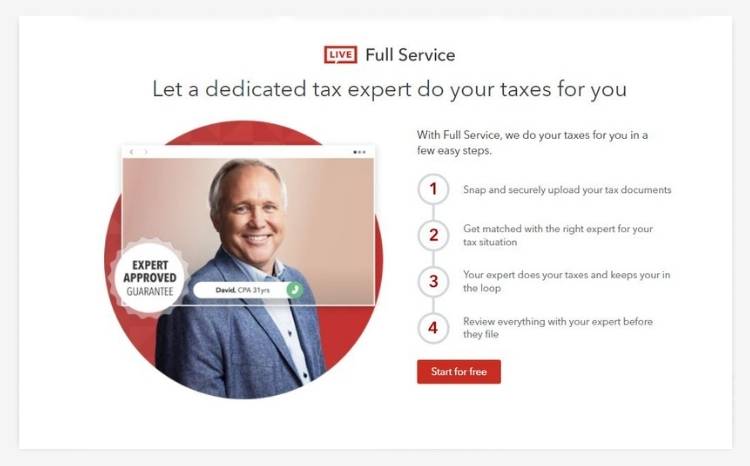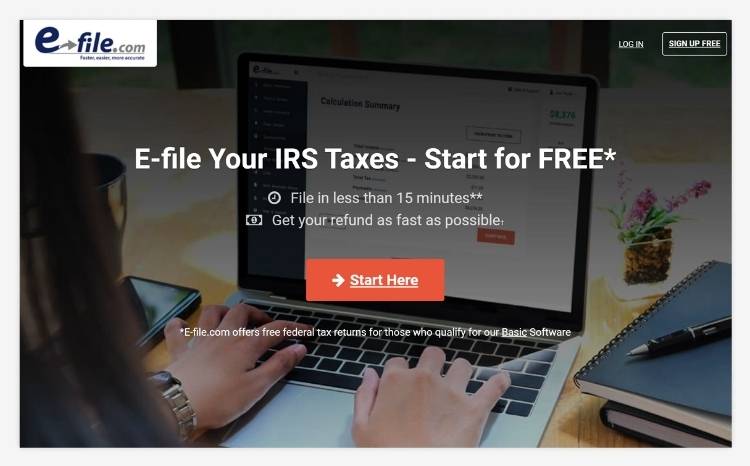What is a tax software?
Tax software is software that’s designed to walk you through the process of calculating and filing your taxes. It can do many different things, including:
- Determining what forms you need to file
- Helping you find deductions
- Automatically entering itemized receipts
- Calculating your tax owed
- Filing your local and state taxes
While tax software isn’t a replacement for a professional accountant, it simplifies the process of figuring out your taxes on your own. Also, using tax software is typically much cheaper than going to an accountant.
Notably, most modern tax software is sold on a subscription or annual basis. You’ll pay a small amount to use the software this tax season and then pay again next year. This works well because tax software has to stay up to date as state and federal tax laws change. Every year, the software will have updated tax tables, mileage rates, and other factors that can impact your return.
How to choose the right tax software for your needs?
Picking which tax software is right for you comes down to several different factors.
Complexity of your return
The first thing to consider is how complex your tax return is. If you work at a company and don’t have a side business, your return will likely be relatively easy. But if you have multiple income streams or own a business, your return will be much more involved. It’s crucial to ensure that the tax software that you choose can support all the calculations and forms that you need.
User experience
Another thing to consider is how experienced you are at doing your own taxes. Certain tax software is designed to be beginner-friendly and will guide you through every step of the filing process. For example, you might be presented with questionnaires rather than blank forms to fill out.
However, more advanced tax software might assume that you’re already familiar with common tax forms. You’ll need to be comfortable figuring out what forms you need and how the different tax worksheets fit together.
Support options
Whether you can get support from a professional accountant when you need it is also an essential factor to think about. Some tax software platforms offer free advice, while others have accountants standing by for an additional fee. Popular software packages may also have online forums where you can get help from other users.
Cost
The point of using tax software as opposed to an accountant is to save money. So, cost matters when comparing tax software. Be sure to check whether there are additional fees for filing with your state or the federal government and whether there’s a money-back guarantee if you can’t make the software work for you. Many tax software platforms will let you calculate your taxes for free, and you only pay when it’s time to file.
How does tax software work?
Tax software works by taking the tax forms from the IRS and transforming them into a format that makes sense to everyday people, not just tax professionals. Most tax software use a series of questionnaires to understand your financial situation, income streams, and potential deductions. Based on your responses, the software will determine what tax forms you need to submit and help you fill them out.
Depending on what software you use, you may never even see the tax forms that are submitted to the IRS. Instead, you’ll simply be asked to answer basic questions and provide numbers for your income and expenses. Once you’re finished, the software will display a user-friendly summary of your income, deductions, and tax liabilities.
Finally, tax software can file your taxes electronically on your behalf. Most software can file both federal and state taxes. You can make a payment directly through the software if you owe money, as well as enter your payment details if you’re eligible for a refund.
Tax Form Glossary
Let’s take a closer look at a few of the most common forms that individuals will file with their taxes.
1040
Form 1040 is the individual income tax return form. In essence, it’s the master form that every individual in the US needs to submit to the IRS. This form will have your name and address, your income, the sum of all your deductions, the total tax that you owe, and the total that you’ve already paid through quarterly taxes and withholdings. At the end of Form 1040, you will include your payment details to pay your tax bill or the details for how to receive your refund.
W-2
Form W-2 is provided by your employer. It lists your wages and any other compensation that you’ve received over the past year, including tips. It also lists your federal and state withholdings, which is money that you’ve already paid out of your salary toward your tax bill. If you don’t have Form W-2, contact your employer—you should get one W-2 from each employer that you’ve had over the past year.
1099-INT
Form 1099-INT is where you report interest income. This is typically used to report interest on money that you have in the bank.
1099-DIV
Form 1099-DIV is where you report dividend income. This is typically used to report dividend payouts from stocks.
1098-E
Form 1098-E is where you report interest that you paid on a qualified student loan so you can deduct this interest from your taxes. This form is provided by your loan servicer if you paid more than $600 in interest over the past year.
1098-T
Form 1098-T is where you report qualified educational expenses, such as tuition, enrollment fees, and course materials. These expenses are eligible to be used as deductions. Form 1098-T is provided by your college or other educational institutions.
Schedule A
Form 1040 Schedule A is used for itemized deductions if you decide not to take the standard deduction. It includes categories for medical expenses, taxes, interest payments, charitable gifts, losses due to theft, work expenses, and miscellaneous expenses.
Schedule C
Form 1040 Schedule C is used to report your profit or loss from your business if you are self-employed and have a sole proprietorship. Most people who file Schedule C also need to file Schedule SE, which is used to calculate self-employment taxes.
FAQs
Should I use tax software or hire a CPA?
Whether you should use tax software or hire a tax professional comes down to whether you want to do your own taxes or have someone else take care of them for you. Tax software makes doing your own taxes easier, but it still requires effort on your part.
What day are taxes due in 2026?
The deadline for filing your 2021 taxes is April 18, 2023.
What happens if I miss the tax deadline?
If you miss the deadline to file your taxes and haven’t filed for an extension, the IRS can charge you a penalty. The penalty is 5% of the taxes that you owe for each month that your return is late, up to a maximum penalty of 25%.












%20(1).20220125124952.png)



.20220127080851.jpg)